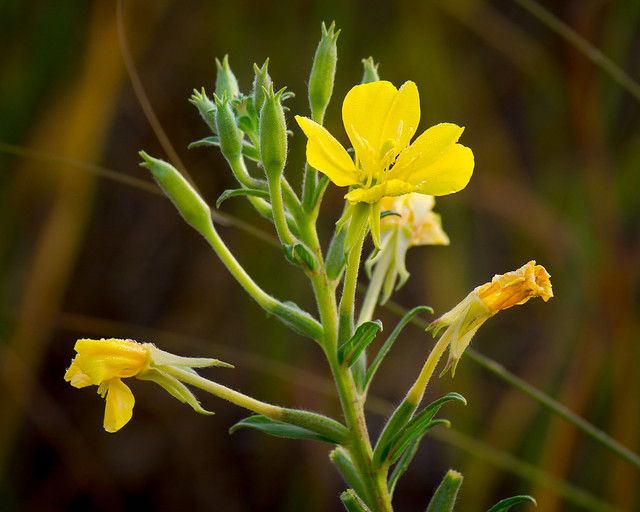Flowers
A Light Caress

The subtle tone and texture of this rose is accentuated by the soft light from a near by window.
It will be awhile before the flowers begin to bloom this spring. In the interim, I picked up a few flowers from a florist to photograph.
This rose is actually a vibrant, two-toned, orange and yellowish color. Ironically, the color made it an excellent candidate for a monochrome treatment.
You can get a better look at this image’s details by clicking on the photo, which will open a larger version.
Spring Blooming Crocus
Two-toned Daffodils
Petal Power
A Little Lavender
Cheerful Disposition
Just Peachy
Charmed
Of Tulips Past

 These tulips have long past, but their memory lives on in digital form. Long live the tulips!
These tulips have long past, but their memory lives on in digital form. Long live the tulips!
As you can see from the cropped, color image of this same stand of tulips on the right, they were two-toned in color – not your typical red or yellow. Ironically, I thought the unique, contrasting colors made them good candidates for a monochrome treatment.
To me, the detail in the petals are much more interesting in a higher contrast B&W. In fact, I think this would make an impressive, large print. May have to do that.
To see more of the detail in the top image, click on it and a larger version will open in new browser tab.
Pink Pom Poms

While visiting relatives in Kansas, we enjoyed a stop at the Topeka Zoo. Along with the expected variety of animals, they had a unexpected collection of attractive flowering plants. I spotted the beautiful, unique blooms on this large tree and took a few photos. I later learned this is a Mimosa Tree (Albizia julibrissin).
Though it is revered for its beautiful and fragrant blooms, the mimosa tree is considered an invasive species. It was brought to this continent from China as an ornamental plant about 250 years ago. Like most invasive plants, it reproduces prolifically. The flat seedpods are numerous, tough and can remain dormant for decades, even over long periods of drought.
To view a larger view of this photo click on it.

























































